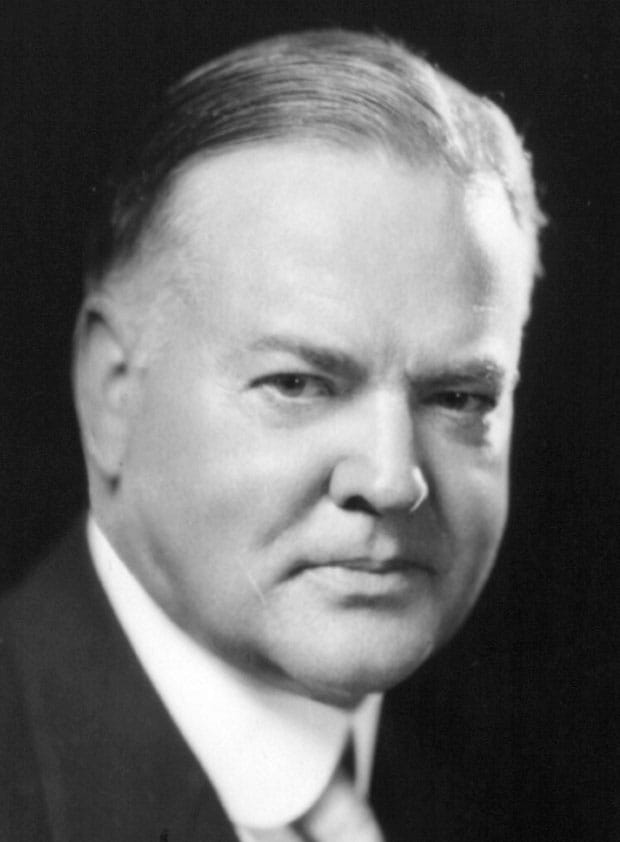THE TOMMY GUNS
The two Tommy guns seized from Fred “Killer” Burke’s house in Michigan and confirmed to have been used in the Massacre today reside with the Berrien County Sheriff’s Department in southwest Michigan.



The saga of the St. Valentine’s Day Massacre featured a diverse array of individuals, from low-level gangsters to a scientific pioneer to the president of the United States. What started as a gang feud on the North Side of Chicago mushroomed into a national crusade against organized crime.

Cook County coroner who gathered evidence from the Massacre scene and brought in Dr. Calvin Goddard for his ballistics expertise. Bundesen later would be known for writing a popular book about baby care.

Gangster in St. Louis, Detroit and Chicago. Two Tommy guns used in the Massacre were found at his home in rural Michigan in 1930. In 1931, Burke was convicted of murdering a police officer in Michigan and spent the last nine years of his life in prison for that crime. He is widely believed to have been involved in the Massacre.

Al Capone was Chicago’s biggest and most notorious Mob boss during the 1920s. He engaged in a heated rivalry with George “Bugs” Moran to control bootlegging in the city. He was suspected, though never charged, of orchestrating the Massacre. In 1931, he was convicted of tax evasion and served almost eight years in prison.

Pioneering ballistics expert who proved that the two Tommy guns found at Fred “Killer” Burke’s house in Michigan were used in the Massacre. His work on the Massacre case led to his founding one of the nation’s first crime labs at Northwestern University in Chicago.

President of the United States who ordered federal law enforcement authorities to “get Capone.”

A truck driver and gas station attendant in Green City, Missouri, who discovered Fred “Killer” Burke was living in the town under an assumed name and alerted authorities.

Chief of U.S. Treasury Department’s Special Intelligence Unit that built the tax evasion case that brought down Al Capone.

Associate of Al Capone. Suspected of masterminding the Massacre but never prosecuted. He was shot to death in a bowling alley in 1936.

Boss of Chicago’s North Side Gang and rival of Al Capone. Seven of his men were killed in the Massacre. He is believed to have been the intended target but he avoided the Massacre because he was running late and spotted the assailants’ vehicle parked outside the garage.

Jack McGurn’s girlfriend and later wife. She provided McGurn’s alibi in the Massacre case.

St. Joseph, Michigan, police officer who was shot and killed by Fred “Killer” Burke during a traffic stop.

Enforcer for Bugs Moran’s North Side Gang. Victim of Massacre. He was only victim who did not die immediately. He lived for three hours but told police nothing.

Enforcer for Bugs Moran’s North Side Gang.

Business manager for Bugs Moran’s North Side Gang.

Also known as James Clark. Enforcer for Bugs Moran’s North Side Gang.

Auto mechanic who worked for Bugs Moran’s North Side Gang.

An optician who hung out with Bugs Moran’s North Side Gang.

Business operator for Bugs Moran’s North Side Gang.

Massacre victim John May’s dog, which was leashed to the axle of a truck in the North Clark Street garage during the shooting. Highball reportedly was so traumatized by the Massacre that he had to be put down.
The two Tommy guns seized from Fred “Killer” Burke’s house in Michigan and confirmed to have been used in the Massacre today reside with the Berrien County Sheriff’s Department in southwest Michigan.

